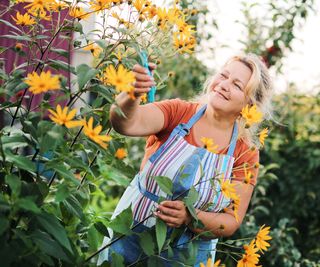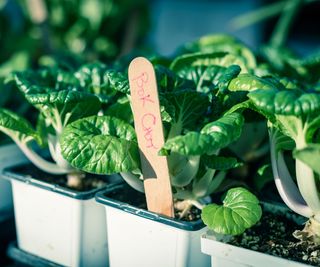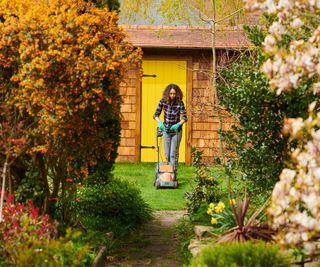Late summer gardening can be just as busy – and just as rewarding – as earlier in the season. This time is the perfect opportunity to start off autumn crops and begin garden prep for the fall. When summer’s heat wanes and the evenings begin to cool, it’s time to make more of late summer gardens – in terms of harvesting, tidying and planning ahead for fall-flowering gardens and beyond.
Gardening in late summer might even be your most productive (and busy!) time of the growing season. Not sure where to start? Our late summer gardening tips will get you on track to completing those late-season gardening chores before the weather shifts and you head inside for some well-deserved rest. So follow our late summer gardening guide on what to do in your garden before fall arrives…

(Image credit: Mariia Zotova / Getty Images)
Watch Out for These Late Summer Gardening Chores
Late summer is the time to start the last round of crops for the growing season. It’s also time to plant trees and shrubs to give them time to establish before winter frosts are likely. Late summer is also the time to divide spring-blooming perennials. Here is a checklist of some of the key tasks you need to turn your attention to ahead of the change of season:
- Make time now to take care of lawn needs like fertilizing, aerating and sowing.
- While the weeds may slow, they never really stop growing, so make sure you keep up on the weeding!
- Late summer is the time to harvest many late-season crops and think about how to store or process them.
- By August, many annuals are waning and should be pulled up. Swap them out with fall kale, asters, pansies, chrysanthemums and cheerful cool-weather bloomers.
- Perennial bloomers that are done for the season can be deadheaded. If you cut back key perennials in August, this may even result in a second flush of blooms.
- Clean up any fallen fruit such as apples and remove dying plant debris from the veggie garden to reduce the chance of overwintering diseases.
- Keep an eye out for pests like raspberry crown borer or apple rust mites, and work to manage or eradicate them.

(Image credit: Trong Nguyen / Getty Images)
Second Chance for Late Summer Garden Crops
The imminent cooler temperatures make late summer the perfect time to sow crops like leafy greens, root veggies and brassicas. The cooler temperatures cause the plants to release sugars, resulting in sweeter or milder flavored produce. Plus, you’ll be weeding and watering less than you would during the heat of the summer. Here are some of the most rewarding crops to start or plant out now:
- Roots: If you’re after ideas for vegetables to plant in August, carrots and beets are a good bet. Rapid growers like radishes are also excellent crops for late summer and can still be sown until late August. Turnips and rutabaga are also terrific fall crops. Rutabaga should be in the garden no later than the end of July. Turnips can be planted as late as the end of August.
- Brassicas: Late summer is the time to plant out brassicas like broccoli, cauliflower and cabbage. These should be started from seed and transplanted into the garden by July or August. If you fancy growing kohlrabi, this brassica crop can be planted through the middle of August.
- Leafy Greens: Most leafy greens will do well into fall. It’s a good time for planting bok choy, arugula, collards, endive, lettuce, mustard, Swiss chard and watercress.

(Image credit: Sturti / Getty Images)
When to Start Garden Prep for Fall
Timings can be all important when approaching garden tasks both ahead of autumn, and as fall approaches. In terms of garden prep for fall, here are the main gardening tasks and appropriate timings ahead of autumn:
- Late summer is a great time to plant any trees and shrubs, ideally from late August into October.
- August is also a good time to divide those spring-blooming perennials. Most perennials like to be divided every three years or so.
- Late August or early September is the perfect time to apply a slow-release lawn fertilizer. It’s also a good time to cut back on the irrigation you give to your lawn.
- August is a great time to tackle lawn repairs or sowing of new lawns. Give four-six weeks for grass seed to germinate and establish prior to heavy frost in your area. August, September and into October are good months to aerate compacted turfgrass sites.
- In early September, inspect any houseplants that have spent the summer outdoors. Look for pests or diseases, and prepare to bring them back indoors.
- In early September, dig up tender perennial bulbs like canna, dahlia and Colocasia to be stored in the garage, unheated basement or root cellar for the winter.
